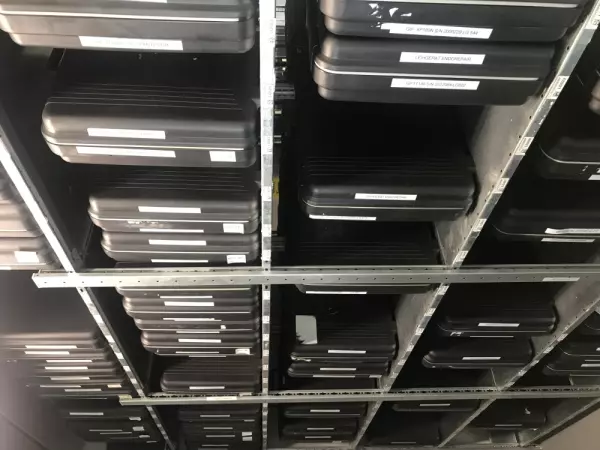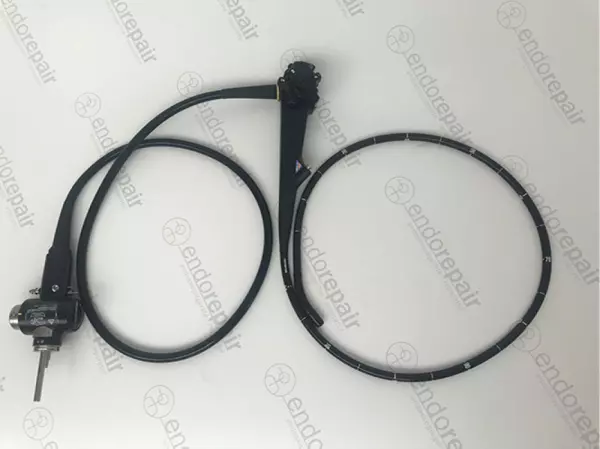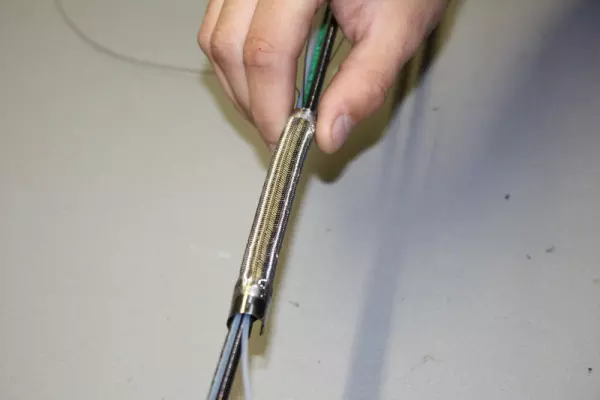
Bypassing repairs and rental equipment for...
At endorepair, we help you minimise your economic downtime. We achieve this on the one hand through...
Portal and digital medical technology fair of the largest MedTech cluster in Germany

Bypassing repairs and rental equipment for...
At endorepair, we help you minimise your economic downtime. We achieve this on the one hand through...

High quality, medical, flexible duodenoscopes...
Our product range of medical endoscopes - High quality, medical, flexible duodenoscopes for exp...

Repair service provider for your endoscopy...
endorepair – your partner for the repair of your endoscopy devices and ultrasound probes Ve...
 Glass fiber cold light endoscopy - devices, systems and methods, external light source, lighting with cold light cables, glass fiber light guide cables with glass fibers in the endoscope
Glass fiber cold light endoscopy - devices, systems and methods, external light source, lighting with cold light cables, glass fiber light guide cables with glass fibers in the endoscope Unlike traditional light sources, glass fiber illumination is a non-thermal process. It begins with a pure silica rod or tube that is solidified into a preform. It is then pulled into long strands using a drawing tower. The strength of glass filament is theoretically two million pounds per square inch, but its practical limit is ten to twenty percent of this. Since a fiber's cross-sectional area is only 20 millionths of an inch, its maximum tension is only about five to 10 pounds.
This process uses a special multi-component optical glass that exhibits high refractive index but low attenuation. The most commonly used glass fiber formula is sodium-zinc aluminoborosilicate glass. In addition, glass fiber has a low attenuation value and is easy to bend. A good lighting fiber optic wire has a small bending radius and cannot be bent at a very large angle.
Modern glass fiber optics production requires precision. The KL 1500 LCD features a high level of accuracy and can be adjusted to meet the most stringent specifications. SCHOTT Lighting and Imaging also has a range of halogen and quartz cold light sources that offer a wide range of spectral sensitivity. As a result, these glass fibers can be used to create a variety of optical components in a laboratory.
The strength of glass fiber depends on the process that produces it. Most commonly, silica is melted in a mold. The material is then cooled rapidly enough to prevent crystallization. The result is a amorphous solid. This cheap process ensures that the glass is not completely pure. Impurities can absorb up to 1,000 times more light than an optical fiber, causing stresses and breaking the fiber. A plastic optical fiber can be cut and shaped to fit a curved surface.
The strength of glass fiber is dependent on the manufacturing process. The most common glass is made by melting silica, which is basically sand. After the silica cools, it is poured into a mold and then cooled again rapidly. The final result is an amorphous solid. While this is an inexpensive process, the end product is not entirely pure. The impurities in glass can absorb thousands of times more light than an optical fiber, which causes stresses in the fiber.
The KL 1500 LED plus is a 150-watt halogen cold light source. It has high-frequency illumination and is ideal for macroscopy and stereo microscopy. Its low cost and reliability make it an excellent choice for both macro and microscopic applications. In addition to the KL 1500, the ACE features a compact design that allows it to be easily stacked and a rugged, stackable metal frame. Besides offering a low price-performance ratio, the ACE is also equipped with optional accessories, including a fiber optic light guide.
Become a digital exhibitor yourself in the online portal of the largest and best-known MedTech cluster region in Germany and inform the world of medical technology about your products and services as well as about news, events and career opportunities.
With an attractive online profile, we will help you to present yourself professionally on our portal as well as on Google and on social media.